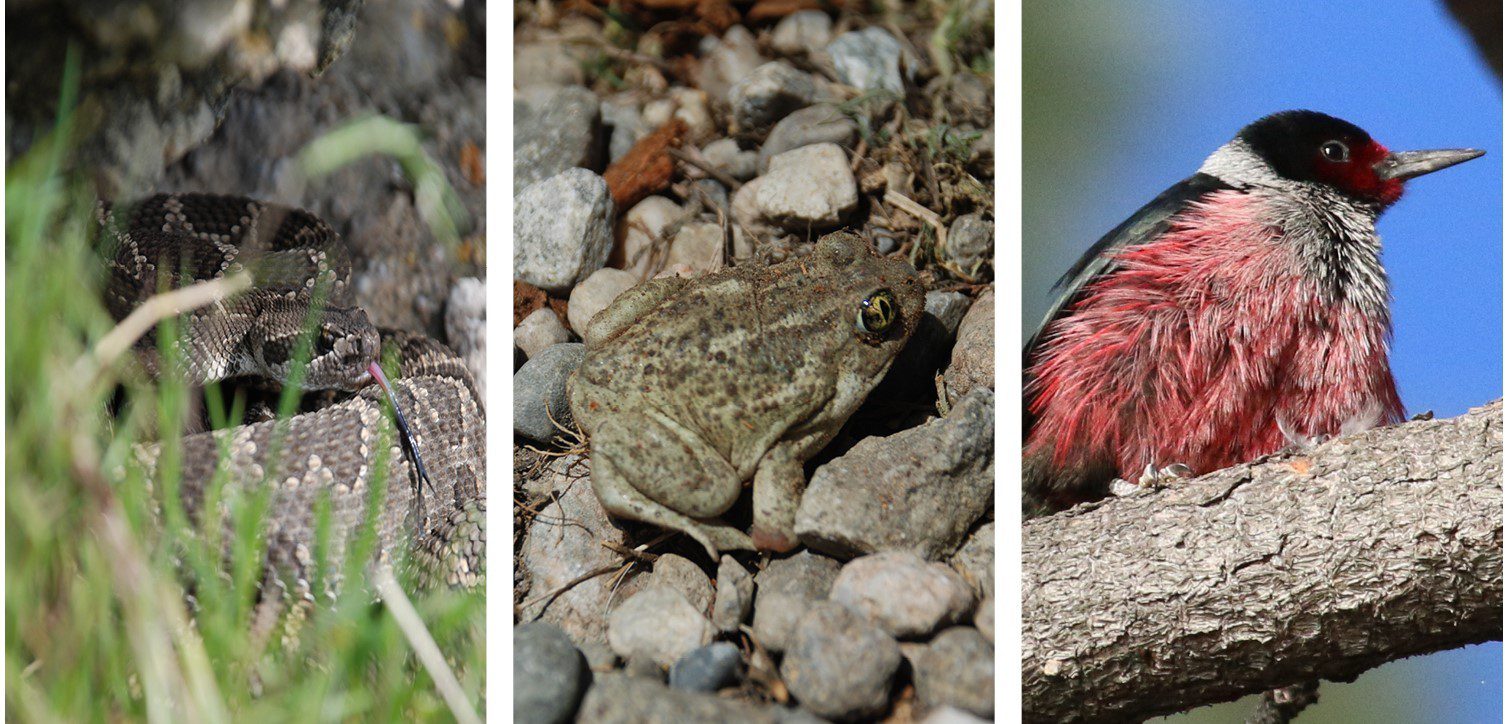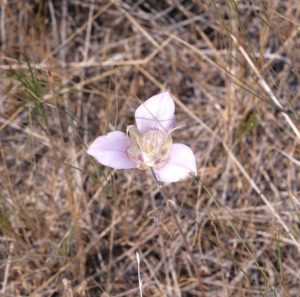This property known as Park Rill Creek DL 1995 is directly adjacent to our White Lake Basin Biodiversity Ranch Complex, a sprawling conservation zone covering 8,091 hectares in the Okanagan near the community of Willowbrook. This new property will expand The Nature Trust’s conservation holdings and provide connectivity with the White Lake Grasslands Protected Area and provincial Wildlife Habitat Area.
Large and contiguous protected areas are important for promoting biodiversity, but are globally rare. The connectivity of protected areas surrounding Park Rill Creek allows species to travel throughout their range and meet all their habitat needs, while the vast size allows for healthier, larger populations. The White Lake Basin Biodiversity Ranch is a “hot-spot” for biodiversity, providing protected and continuous habitat for dozens of at-risk species.

The Park Rill Creek DL 1995 section of the complex contains Critical Habitat for six species on the official federal list of species at risk (Species at Risk Act, Schedule 1): Western Tiger Salamander, Lewis’s Woodpecker, Pallid Bat, Great Basin Spadefoot, Great Basin Gopher Snake, and Western Rattlesnake.
The Western Tiger Salamander is an endangered species restricted to southern BC and occurring mainly in heavily populated and modified agricultural areas in the South Okanagan Valley. These amphibians require diverse habitats with terrestrial ecosystems and intact wetlands to migrate in-between. The fragmentation of their habitats is the main reason for their population decline, but thankfully Park Rill Creek DL 1995 contains Critical Habitat across the entire property.
Other species of note that occur on the property are Mule Deer (their winter range), and Bighorn Sheep (a Blue-listed – conservation concern – species in BC).

Left to right: Western Rattlesnake, Great Basin Spadefoot, Lewis’s Woodpecker
Park Rill Creek DL 1995 features a variety of carbon rich ecosystems including open coniferous woodland, grassland, wet meadow, riparian, and mature forest. The conservation of this property will not only help sustain biodiversity, it will help mitigate the effects of climate change.

 Thanks to generous support, this property will be conserved forever.
Thanks to generous support, this property will be conserved forever. 
